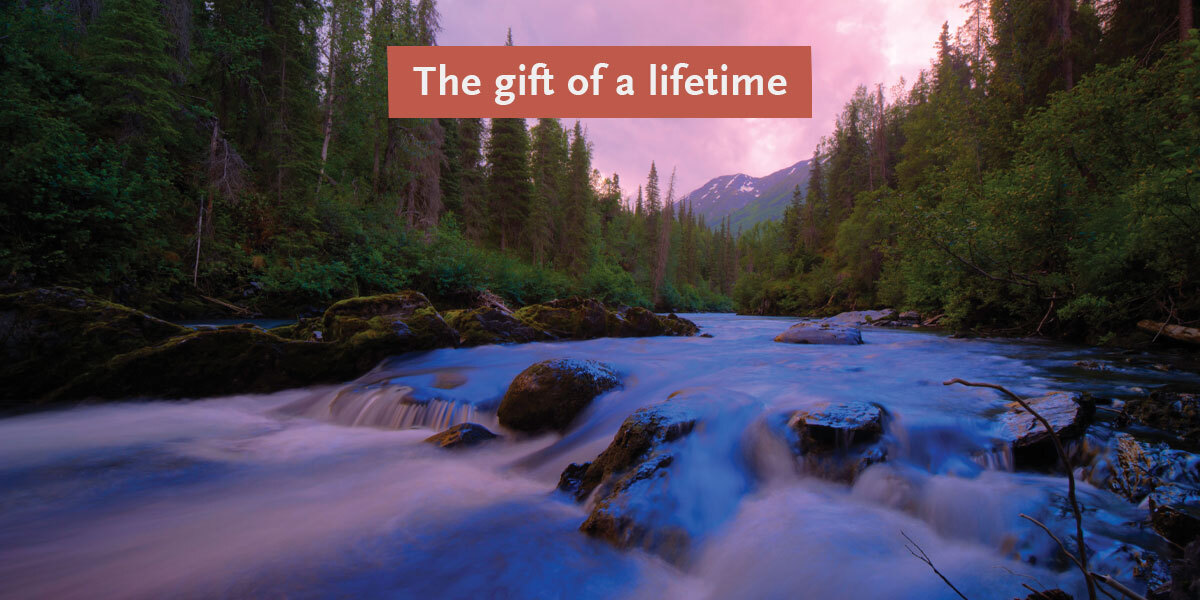Report quantifies the human benefits of healthy salmon ecosystems
The Wild Salmon Center release of “The Value of the Kol River Salmon Refuge’s Ecosystem Services” represents the culmination of more than six months of work in partnership with the University of Vermont Gund Institute. This study is the first attempt to approximate the total flow of ecosystem services in a healthy wild salmon ecosystem. This study was conducted in the Kol salmon refuge, a whole basin Protected Area in Kamchatka, Russia created by partners with the support of the Wild Salmon Center. The report asks the question: What is the economic value to society to preserve a pristine salmon ecosystem like the Kol River Salmon Refuge?
The Kamchatka Peninsula, in the Russian Far East, is home to one of the most productive salmon strongholds on earth but it faces a number of threats from development of nonrenewable resources (e.g. minerals, oil and gas). This development path may provide short-term economic benefits, but may also sacrifice the long-term economic productivity of a salmon ecosystem. Ecosystem services, on the other hand, represent a collection of renewable resources and processes that are supplied by natural ecosystems and can provide long-term economic benefits to human populations at local, regional and global scales. Benefits include market and non-market services such as clean water, biodiversity preservation, food production and recreation.
The Kol report and future studies will provide Wild Salmon Center and its Russian partners with the initial information for creating incentive-based mechanisms for salmon conservation such as payments for ecosystem services. By understanding the link between ecosystem services and human welfare, the range of benefits that these watersheds provide can be communicated to policymakers so they can make informed land management decisions.
Click below to view or download the full report:

